Timeline
1999
Huge uplift in thermoelectric performance
observed by scientists at a small company
in Utah who were investigating more efficient
means of converting heat directly into electricity
2001
Filing of first patents now owned by MicroPower
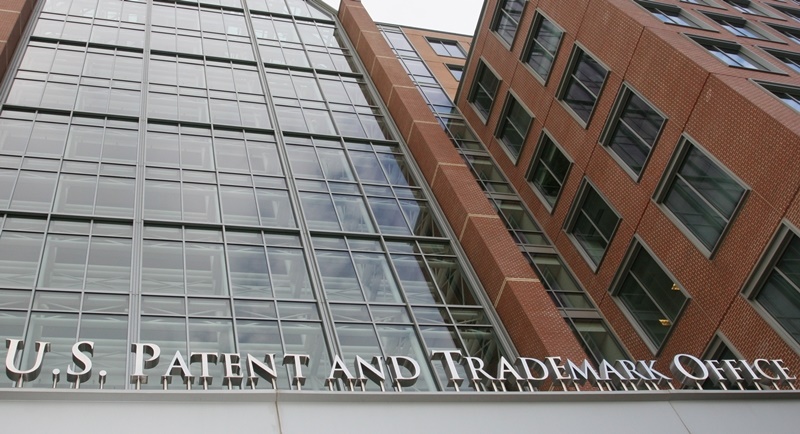

2002
Validation of uplift confirmed by third parties,
including the National Institute of Standards &
Technology (NIST)
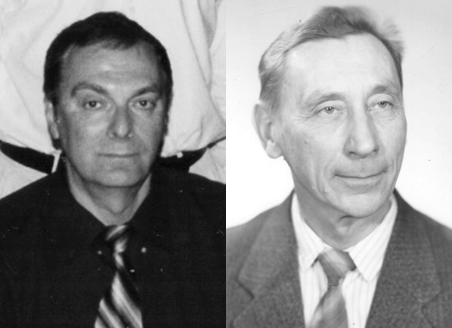
“The efficiency is higher than for any thermoelectric converter and more than eight times higher than for thermoelectric reference with the same material…resulting in chips with 40% of the ideal Carnot cycle efficiency at 285°C.”From Chapter 13 of the CRC Thermoelectrics Handbook, published in 2005, which consists of an outline of Eneco's technology. Co-author Dr. Yan Kucherov is pictured left next to fellow inventor Dr. Victor Sevastyanenko
2008
Intellectual Property and ancillary
assets purchased by MicroPower
2009
MicroPower secures seed funding, hires key staff and agrees a deal with Texas State University to enable the company to develop prototype chips at Texas State’s Multifunctional Materials Labs, situated in San Marcos, which gives the Company access to a Molecular Beam Epitaxy system described as “probably unique in North America – if it’s not the only one of its kind, then it’s one of a very small number of its kind.”
2010
MicroPower’s Chief Technology
Officer Tom Zirkle leads the
company’s move to San Marcos
2011
Prototype chips developed delivering 15% efficiency
2012
CRADA signed with ARL to develop high temperature contacts
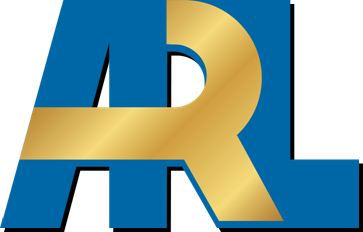

May 2013
First major commercial industrial
waste heat development programme
with system integration commences
Nov 2013
MicroPower moves to STAR One,
a pilot production facility capable
of delivering 5,000 modules daily
Jan 2014: MicroPower Celebrates Five Years Of Operation
Aug 2014
First commercial prototype modules
produced for third party testing
Dec 2014
Acquisition of ingot growing technique and
equipment from Colorado Research Labs,
moving base material production in-house
Apr 2015
First test rig installed at a major
cement plant in Central Texas
Aug 2015
First prototype modules sent to Power Practical who
subsequently reported a significant performance
improvement over current thermoelectric modules
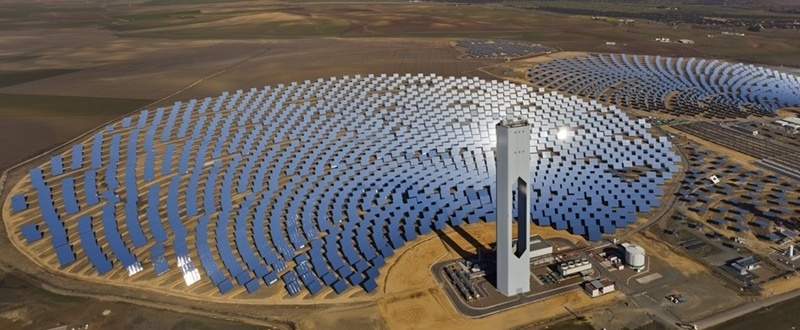
Dec 2015
Collaboration initiated with the National Renewable Energy Laboratory relating to solar thermal power generation

Feb 2016
Independent report on module testing/characterization results delivered by the U.S. Army Research Laboratory
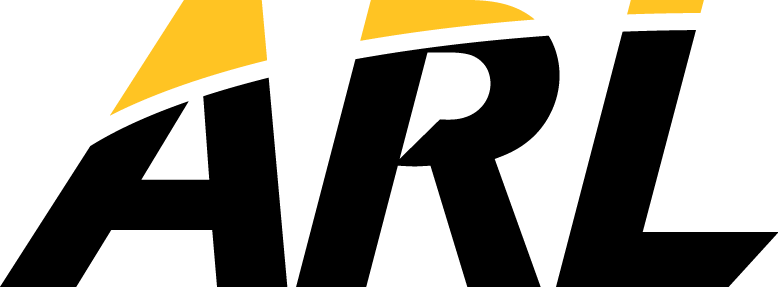
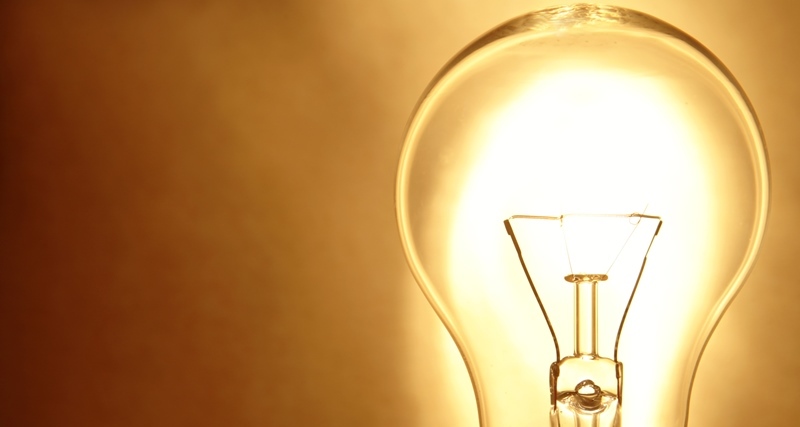
Mar 2016
First thermoelectric generator system
delivered to a stove manufacturing company
